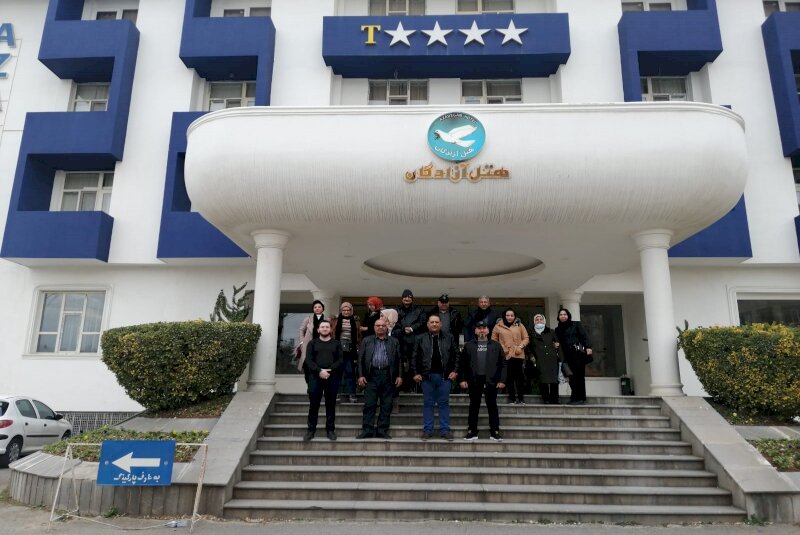Fam tour ushers Iraqis to neighboring Iranian province

TEHRAN – On Saturday, a group of Iraqi travelers commenced a two-day familiarization tour across Kermanshah province, a local tourism official has announced.
The group entered the neighboring Iranian province through land borders today, Ali Saber said on Saturday.
The group is scheduled to visit historical and cultural sites, and then they continue their excursions to Bandar Abbas and Qeshm Island in southern Iran, he noted.
Because Kermanshah province shares a border with both the Arab and Kurdish parts of Iraq, there is an expectation that more tours will come from this country, he mentioned.
Last month, the province hosted a fam tour dedicated to Iraqi travel insiders, resulting in the organization of a tour just for Iraqi tourists, the official said.
“The province offers a special capacity for Iraqi tourists, particularly in the field of health tourism, which travel agencies should consider.”
Earlier this year the two neighbors agreed to abolish visa requirements for air travelers. The announcement came after Iranian President Seyyed Ebrahim Raisi and Iraqi Prime Minister Mustafa al-Kadhimi met in Tehran, discussing various issues including visa waiver, a joint railway project, and increasing the level of trade.
Many domestic experts believe that medical tourism in Iran is a win-win opportunity both for the country and foreign patients, as they are offered affordable yet quality treatment services and the country gains considerable foreign currency.
Kermanshah embraces a variety of awe-inspiring historical sites including Taq-e Bostan and the UNESCO-registered Bisotun.
Inscribed into the base of a towering cliff, Taq-e Bostan comprises extraordinary Sassanian bas-reliefs of ancient victorious kings divide opinions. Late afternoon is the best time to visit, as the cliff turns a brilliant orange in the setting sun, which then dies poetically on the far side of the duck pond. Bisotun is a patchwork of immense yet impressive life-size carvings depicting king Darius I and several other figures. UNESCO has it that Bisotun bears outstanding testimony to the important interchange of human values on the development of monumental art and writing, reflecting ancient traditions in monumental bas-reliefs.
Another popular historical site of the province is the Temple of Anahita in the city of Kangavar, which is believed to have been built circa 200 BC. Several column bases and ruins of a wall remain from the magnificent Greek-style temple. The temple was used during the Parthian era (248 BC-224) as well as the Sassanid era (224-651).
ABU/AFM
